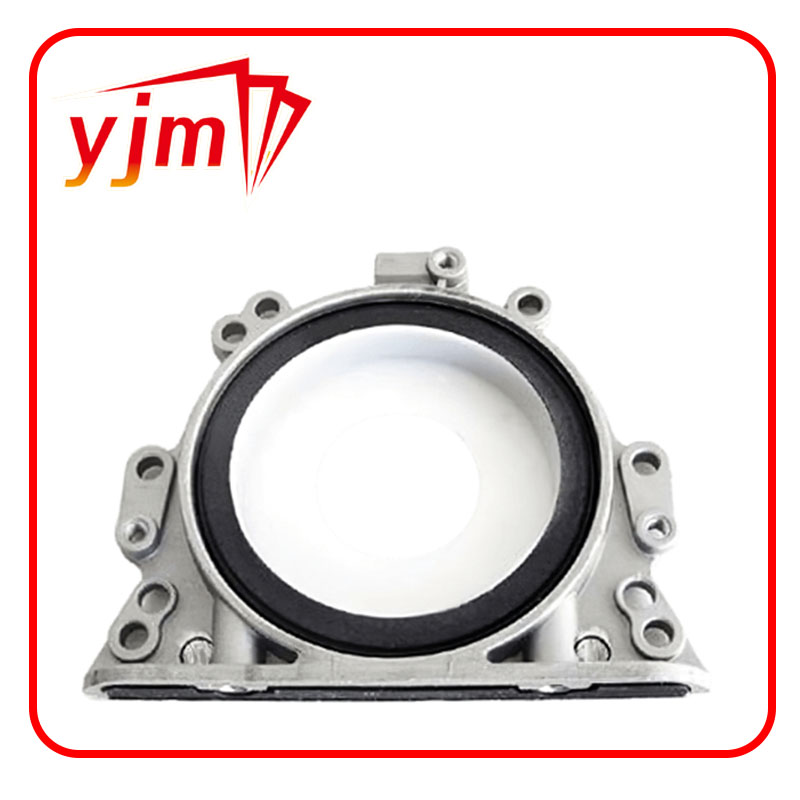Choosing the Right Power Steering Seal for Optimal Vehicle Performance
Understanding Power Steering Seals Importance, Types, and Maintenance
Power steering systems play a crucial role in modern vehicles, enhancing the ease of steering and providing a smoother driving experience. A vital component of this system is the power steering seal, which is essential for maintaining the integrity and efficiency of the power steering operations. In this article, we will explore the importance of power steering seals, the types available, and tips for maintenance to prolong their life.
The Importance of Power Steering Seals
Power steering seals are designed to prevent fluid leaks from the steering system. They are located in various parts of the power steering assembly, including the pump, rack, and steering gear. These seals ensure that the hydraulic fluid, which is essential for the power steering boost, remains contained within the system. Any leakage can lead to a drop in hydraulic pressure, resulting in increased effort needed to steer the vehicle, thus affecting safety and handling.
Moreover, a compromised seal can lead to further damage within the system. When fluid leaks out, it can introduce air into the system, causing noise and vibration. Additionally, low fluid levels caused by leaks can lead to premature wear of other components, such as the pump and the steering rack, ultimately leading to expensive repairs.
Types of Power Steering Seals
There are various types of seals used in power steering systems, each designed for specific functions and conditions.
1. O-Rings These are the most common seals used in power steering applications. They are circular in shape and fit into a groove, providing a tight seal between two parts. O-rings can be made from different materials, including rubber and synthetic compounds, each offering different resistance to temperature and chemicals.
2. V-Seals These seals are used to protect bearings from dust and dirt, which can be detrimental to the system. They are designed with a unique V-shape that allows them to effectively prevent contaminants from entering the steering mechanism.
3. Lip Seals These seals offer a more complex sealing solution and are often used in areas subjected to high pressures. They consist of a flexible lip that presses against the shaft or cylinder wall, ensuring minimal leakage.
power steering seal

4. Dynamic Seals Typically found in locations with moving parts, like the rack and pinion, dynamic seals adapt to the movements, ensuring a tight seal even under varying operating conditions.
Each type of seal has its particular application and benefits, depending on the design of the power steering system.
Maintenance Tips for Power Steering Seals
To ensure longevity and optimal performance of power steering seals, regular maintenance is essential. Here are some tips
- Regular Fluid Checks Monitoring the power steering fluid level can help identify leaks early on. If you notice a drop in fluid levels, inspect the system for potential leaks around the seals.
- Fluid Replacement Old or contaminated power steering fluid can cause seals to degrade more quickly. Regularly replacing the fluid as per your vehicle manufacturer's recommendations can prolong the life of the seals.
- Seasonal Inspections Changes in temperature can affect seal performance. Regular inspections during seasonal transitions can help catch potential issues before they escalate.
- Avoid Overheating Excessive heat can damage seals. Ensure that the power steering cooler is functioning properly to maintain optimal fluid temperatures.
In conclusion, power steering seals are essential for the efficient performance of your vehicle's steering system. Understanding their importance, types, and maintenance can help ensure a safe and smooth driving experience. Regular attention to these components not only preserves the integrity of the power steering system but can also save you from costly repairs down the line.
-
The Ultimate Guide to Boat Propeller Bearings and Trailer Wheel Bearings
News Jul.31,2025
-
The Essential Guide to Marine Bearings and Boat Trailer Wheel Bearings
News Jul.31,2025
-
The Complete Guide to Heavy Duty Seals: Protecting Doors and Spaces Efficiently
News Jul.31,2025
-
Essential Guide to Marine Shaft Bearings and Boat Trailer Axle Bearings
News Jul.31,2025
-
Comprehensive Guide to Marine and Trailer Bearings for Safe Boating and Transport
News Jul.31,2025
-
Comprehensive Guide to Automotive Oil Seals: Protecting Your Engine and Shafts
News Jul.31,2025
-
Understanding Automotive Oil Seals: Essential Components for Engine and Shaft Protection
News Jul.30,2025
Products categories















